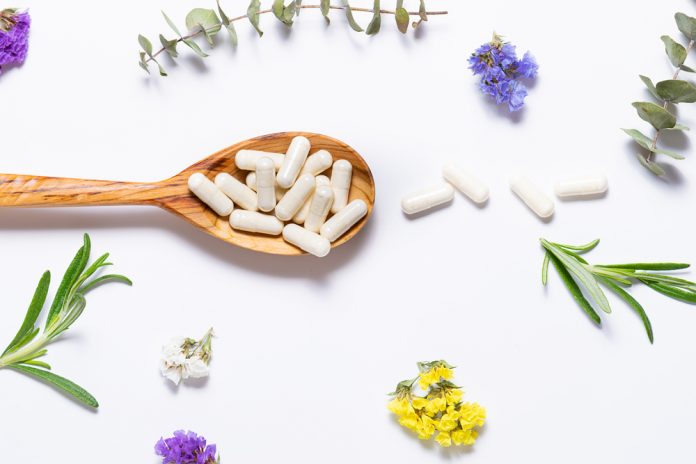By Cat Woods.
The pandemic was disastrous for many industries, but paradoxically, it provided the conditions for others to thrive.
For non-prescription health products, namely vitamins, minerals and supplements (including nutraceuticals and complementary medicines), enhanced interest in immunity and health during the Covid era from 2020 to 2022 has enabled the supplement industry to grow in Australia, despite a drop in export revenue.
Vitamins, minerals and supplements (VMS) are a range of health-directed supplements to address dietary deficiencies, general or specific health requirements. They’re typically concentrated doses of vitamins, minerals, herbs or protein available to the public without prescription.
Market value and span
Complementary Medicines Australia (CMA) revealed in its 2021 ‘Industry Audit’ that the sector was valued at $5.69 billion. Vitamins and dietary and increments supplements made up $3.1 billion of this market, with sports supplements valued at $1.4 billion, herbal supplements $750 million and weight loss products $440 million.
According to CMA, 70% of people regularly use a complementary medicine. With a clear majority of Australians favouring these medicines, it’s perhaps unsurprising that the market has doubled in size over the past decade, with vitamins and dietary supplements consistently remaining the market leader.
Women outnumber men in terms of purchasing power in this space, according to CMA’s ‘Audit’, in which 83% of surveyed women had bought complementary medicines compared with 73% of surveyed men.
Roy Morgan research from 2020 also indicated that women were the major buyers of Australia’s VMS, with 46% of women surveyed buying VMS compared with 33% of men surveyed.
Roy Morgan says the survey findings indicated that 8.24 million Australians over the age of 14 bought VMS products within a six-month period, an increase that aligns with population growth.
VMS buyers, the study finds, are mainly aged between 35 and 64, comprising at least half of women aged 35 to 49 or 50 to 64, and around 40% of men in both age groups. The only age group of men more likely than the average population to be VMS buyers is that aged between 35 to 49.
Read more about medicinals in the October issue of Retail World.





